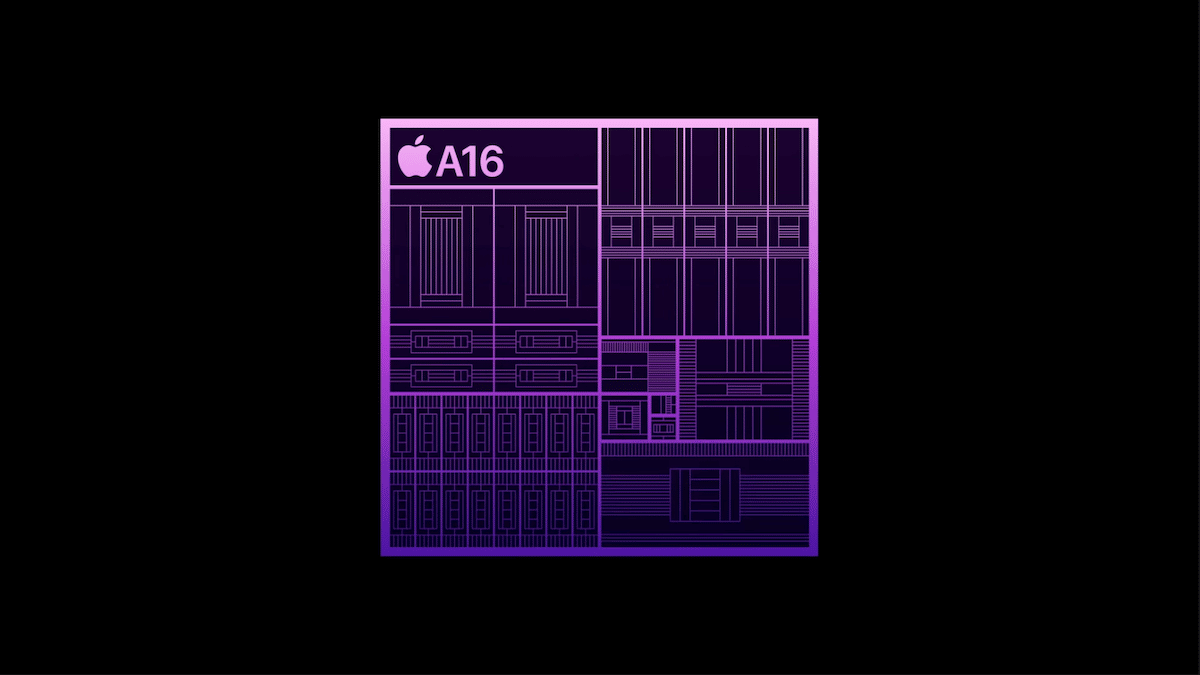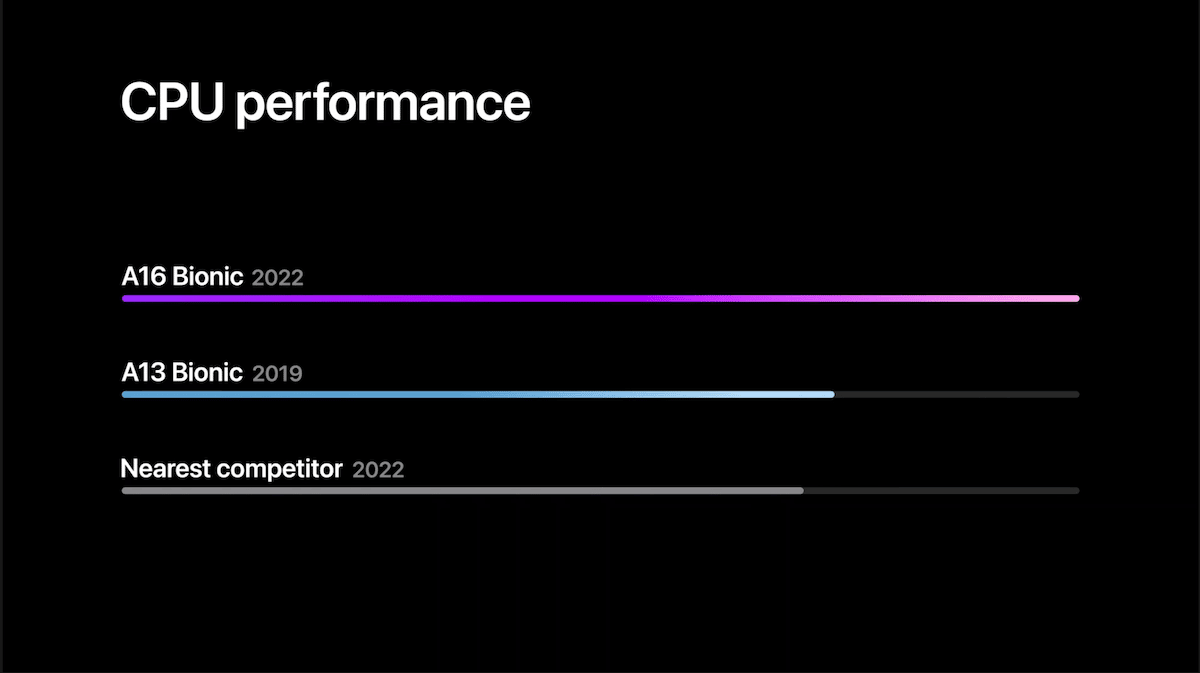This year, only iPhone 14 Pro models feature the new A16 chip built on a 4nm process and the iPhone 14 base models are equipped with the A15 chip which was introduced in iPhone 13 Pro models last year.
Macworld diagnosed the architecture of the A16 chip and compared its performance with the A15 chip to find out if the processor is worth its “Pro” title. The moderate changes in the chip’s design and up to 10% performance boost made the publisher conclude that the A16 chip is in fact an A15+.

Here are the technological differences between Apple’s A16 chip of 2022 and A15 chip of 2021
A16 chip built on advanced 5nm process. “TSMC’s “N4” process is not a 4nm process in the truest sense with TSMC itself even calling it “an enhanced version of N5 technology.”
-
- 6‑core CPU with 2 performance and 4 efficiency cores
- 5-core GPU
- 16- core Neural Engine
- Display Engine
- 16 billion transistors
- LPDDR5 memory
- Image signal processor
A15 chip built on first-generation 5nm process.
-
- 6‑core CPU with 2 performance and 4 efficiency cores
- 5-core GPU
- 16- core Neural Engine
- 15 billion transistors
- LPDDR4x memory
As a slightly improved processor, the A16 chip delivers slightly enhanced performance than the A15 chip.
- CPU delivers 7% better performance.
- New high-performance CPU cores clock up to 3.46 GHz from A15’s 3.24 GHz.
- New high-efficiency CPU cores clock up to 2.02 GHz from A15’s 2.01 GHz.
- GPU 3DMark Wild Life benchmark scores reveal it is 7% to 8% faster.
The report mentions very minute changes in the architecture of the cores “as they don’t deliver performance outside the expected uplift from the increase in clock speed.”

- Neural Engine delivers 8% better performance because it performs up to 17 trillion operations per second compared to the 15.8 trillion operations per second of A15.
The reviewer believes that both Neural Engines have the same design except on A16 is clocked slightly higher.
- Switch to new LPDDR5 memory on A16 to a significant upgrade from A15’s LPDDR4x memory. It delivers 50% more memory bandwidth.
In conclusion, the publisher states that iPhone 14 Pro’s new processor is a new chip but it does not feature major architectural, clock speed, and power efficiency upgrades. Thus, the A15+ moniker is more suitable.
t’s probably unreasonable to expect groundbreaking advancements every year, with entirely new architectures delivering 20% performance improvements. The occasional “tune-up” year is fine, especially since Apple has such a commanding lead in smartphone performance right now. But the naming should reflect that, and a title like A15+ or A15 Pro feels like a more honest representation of this chip.